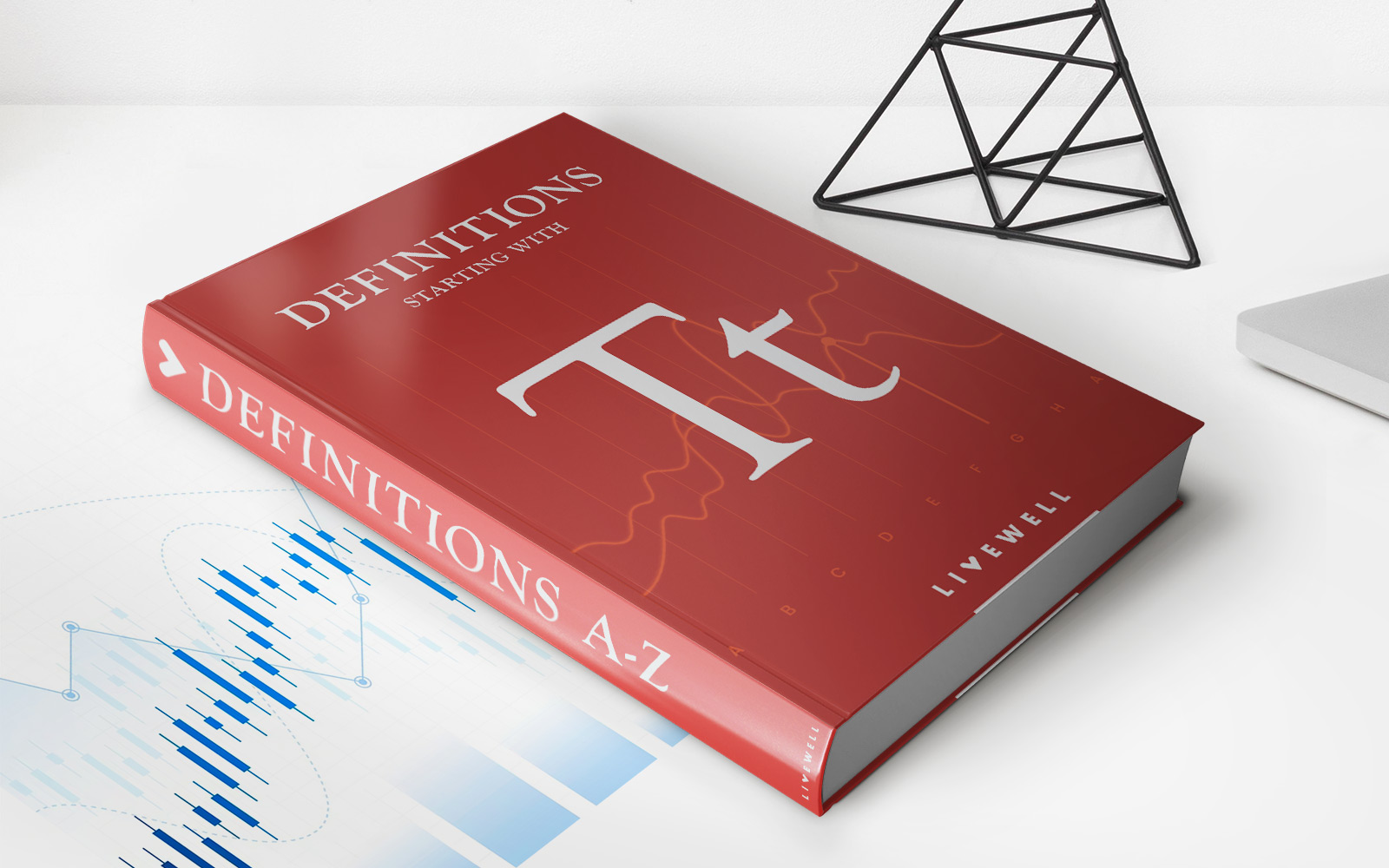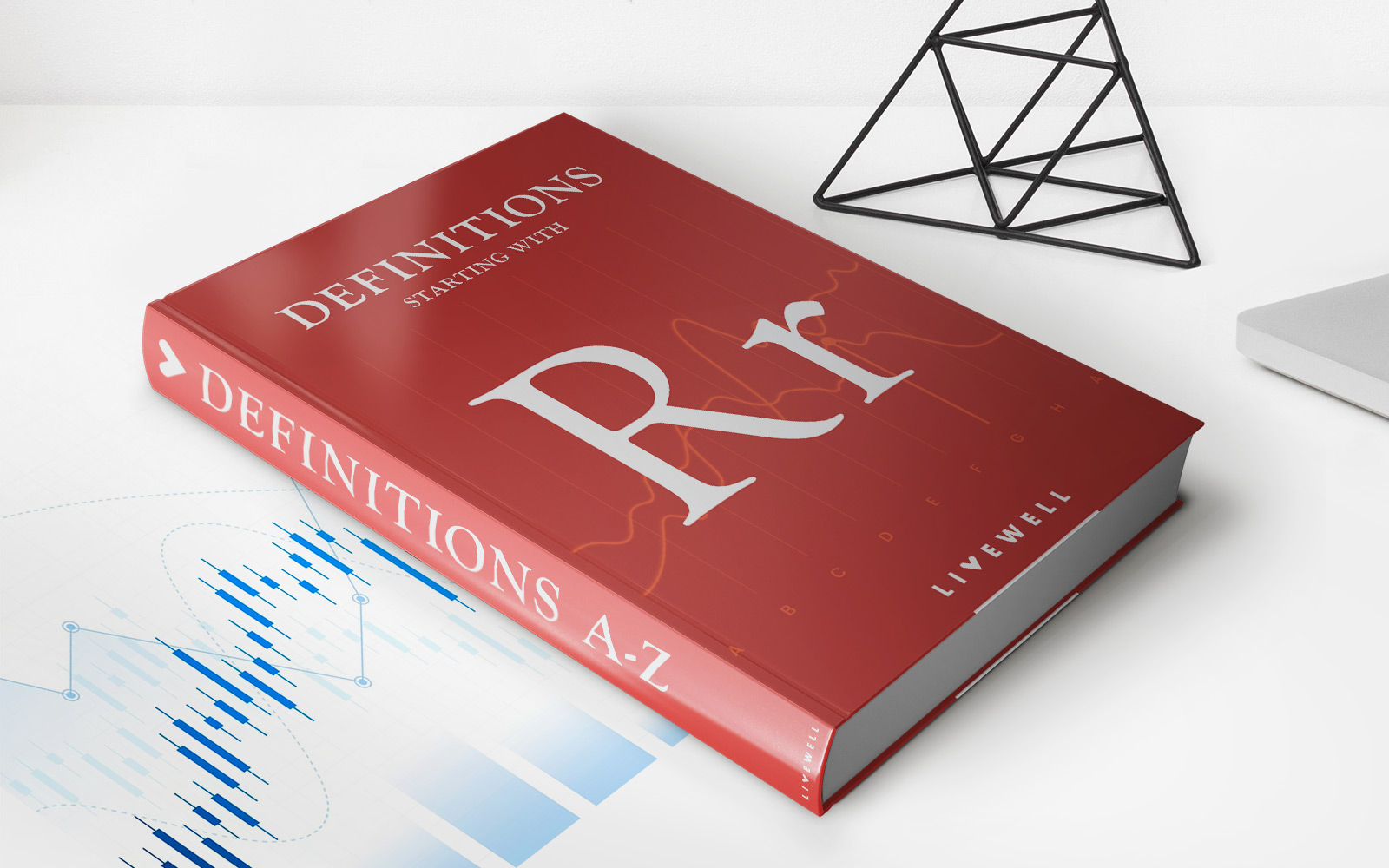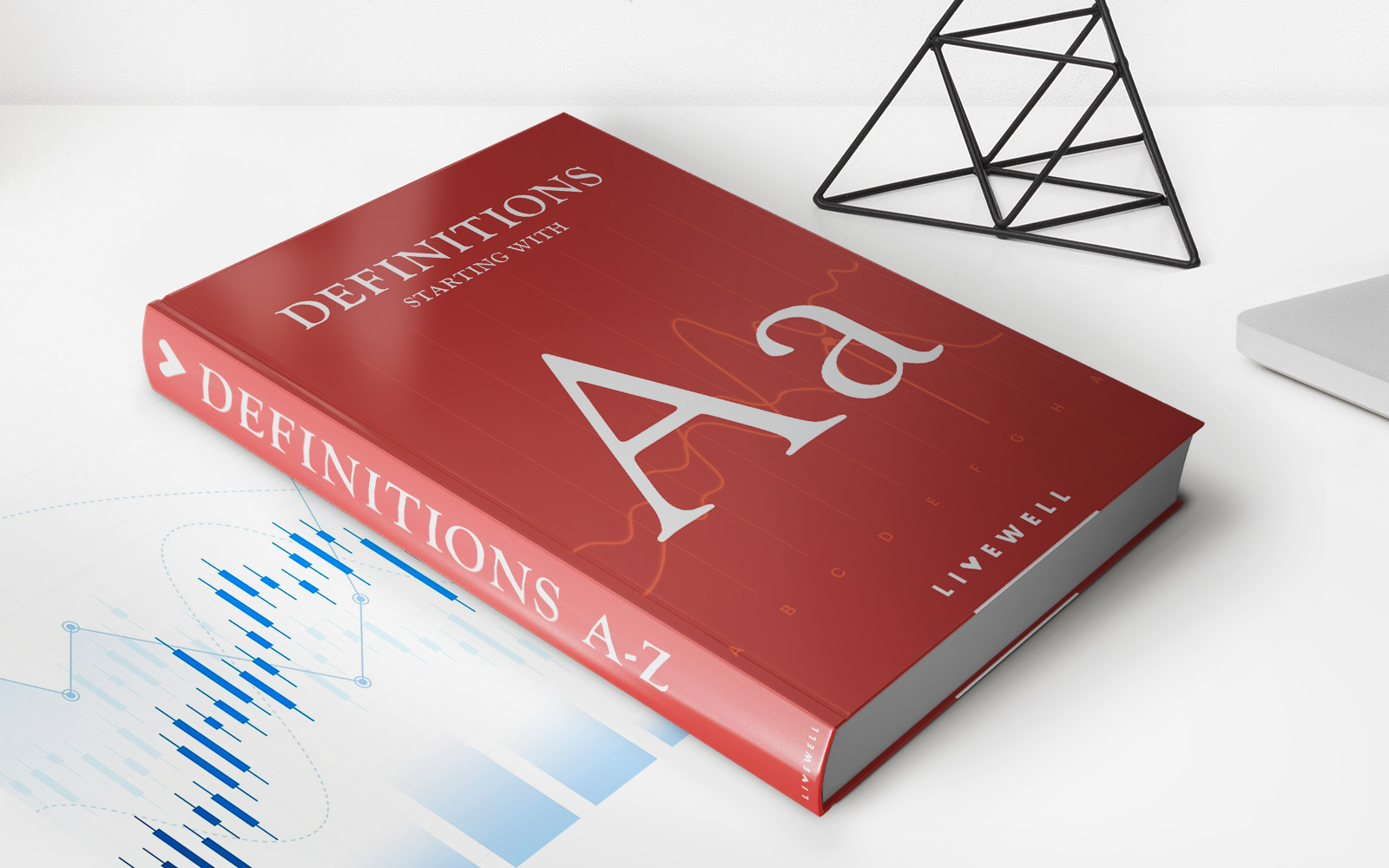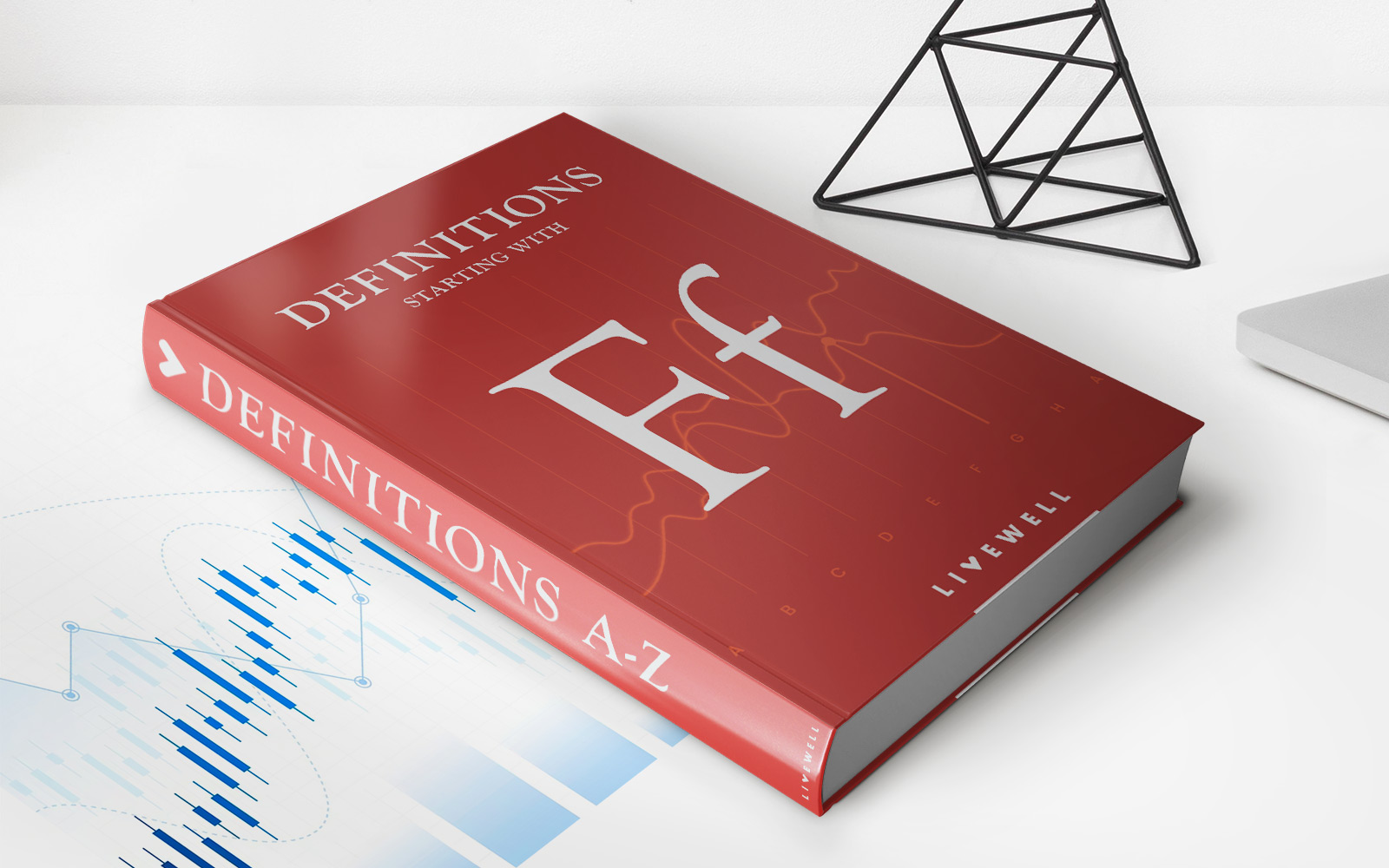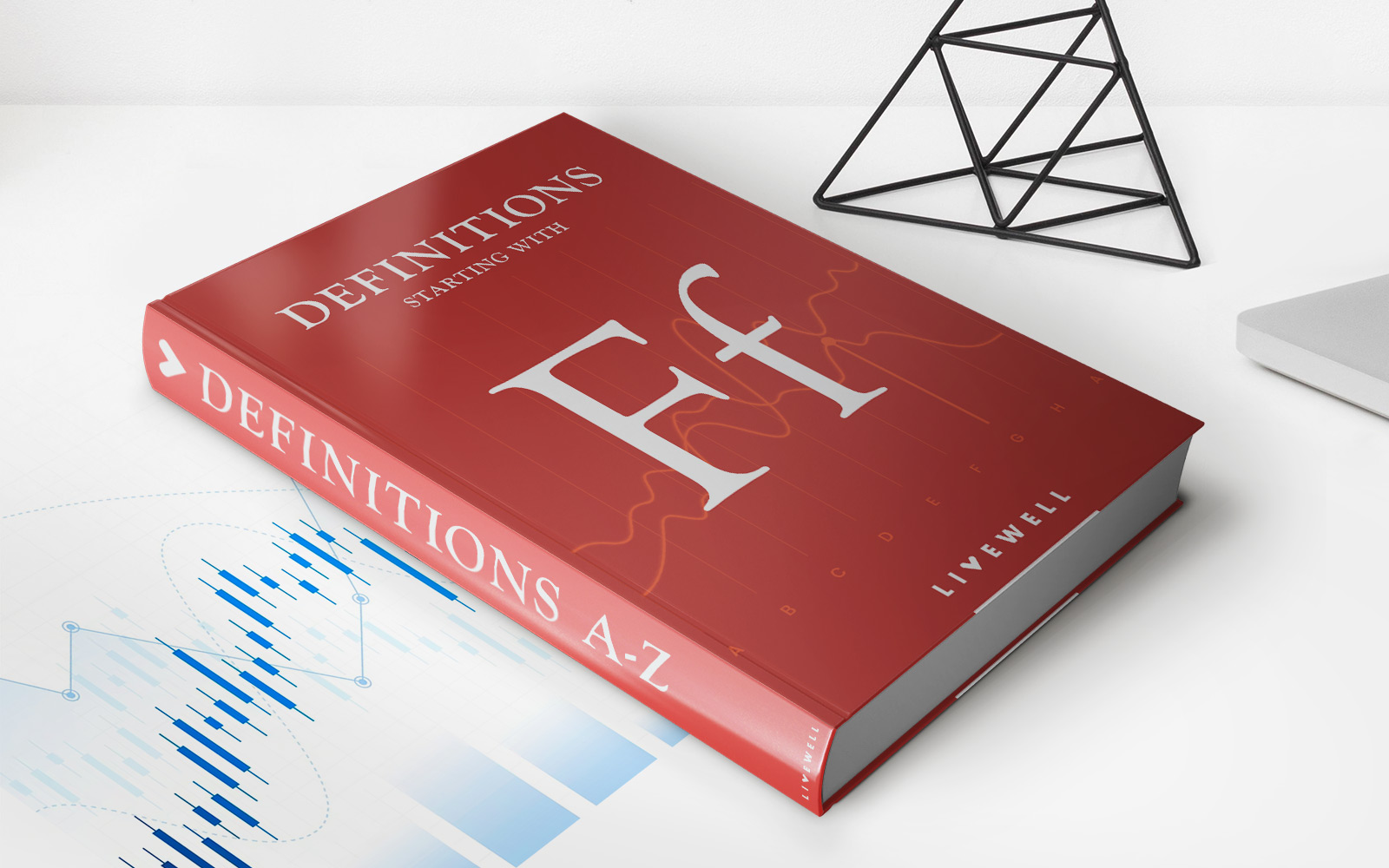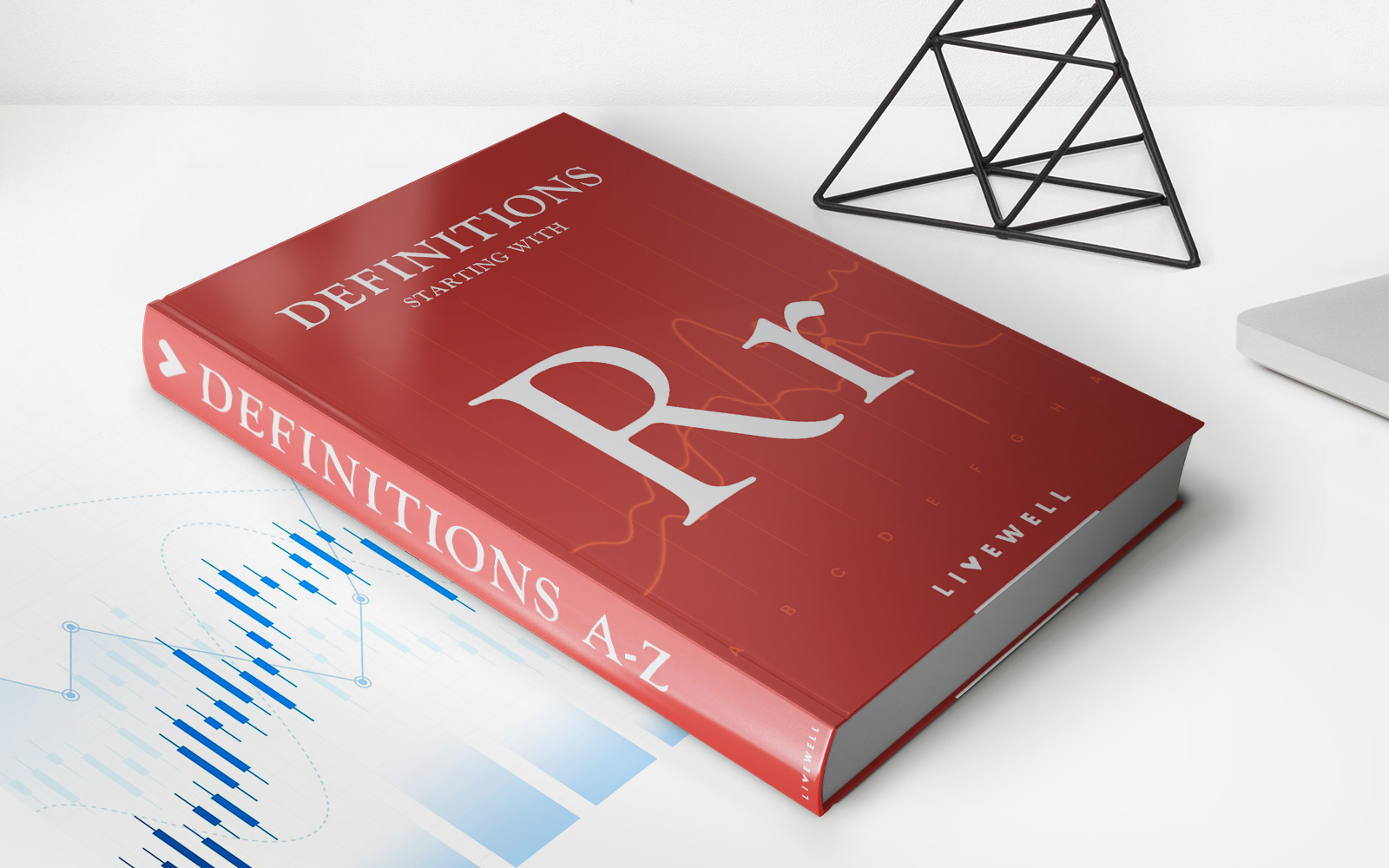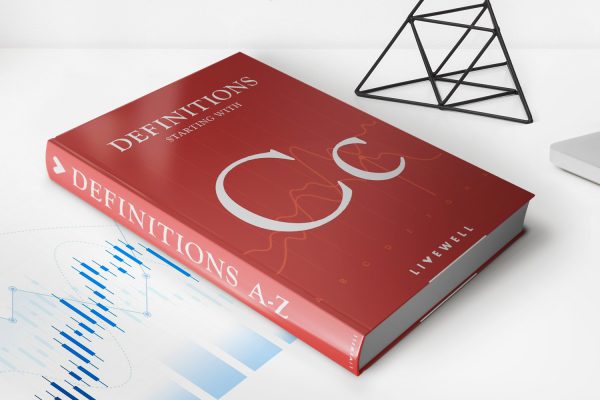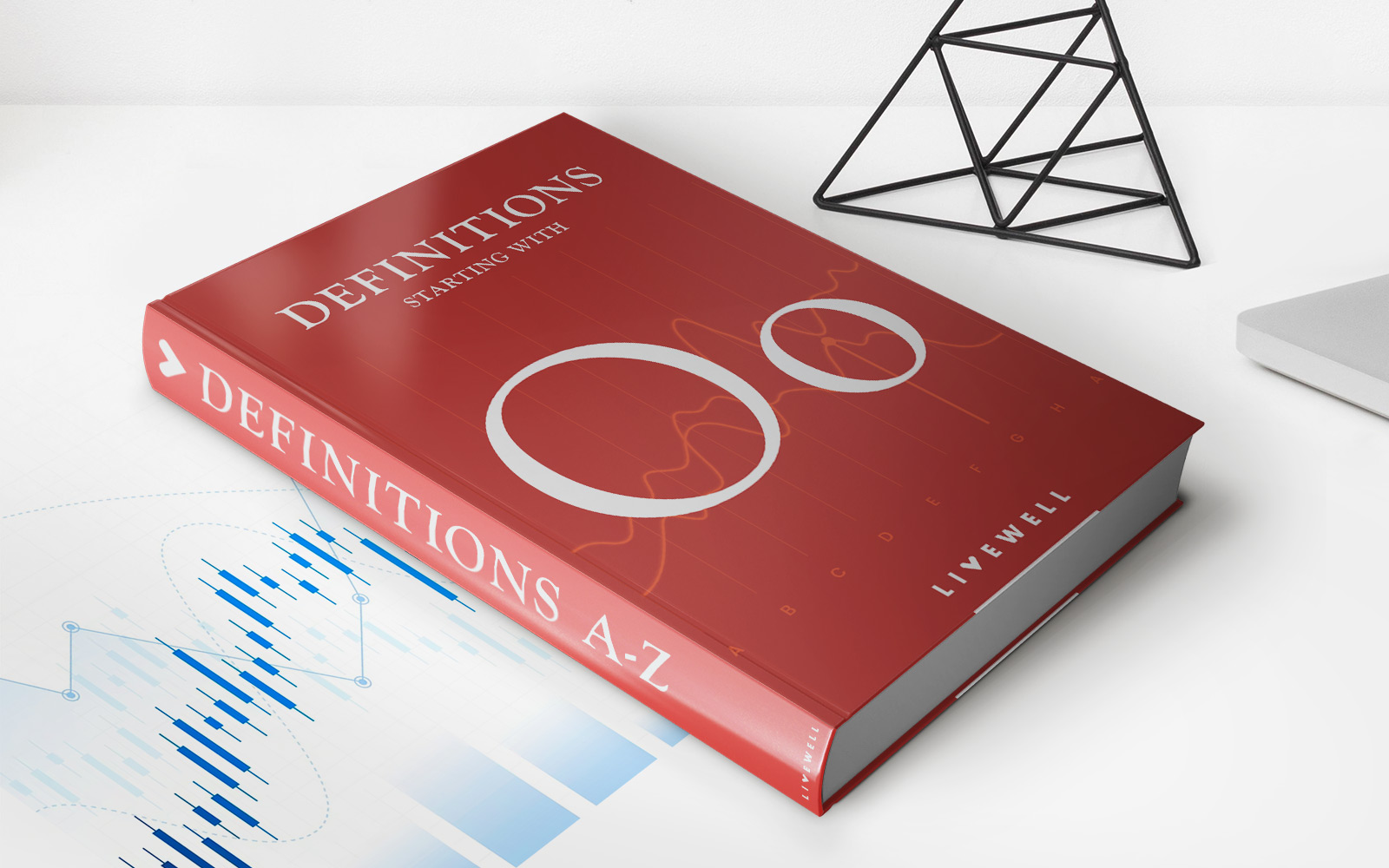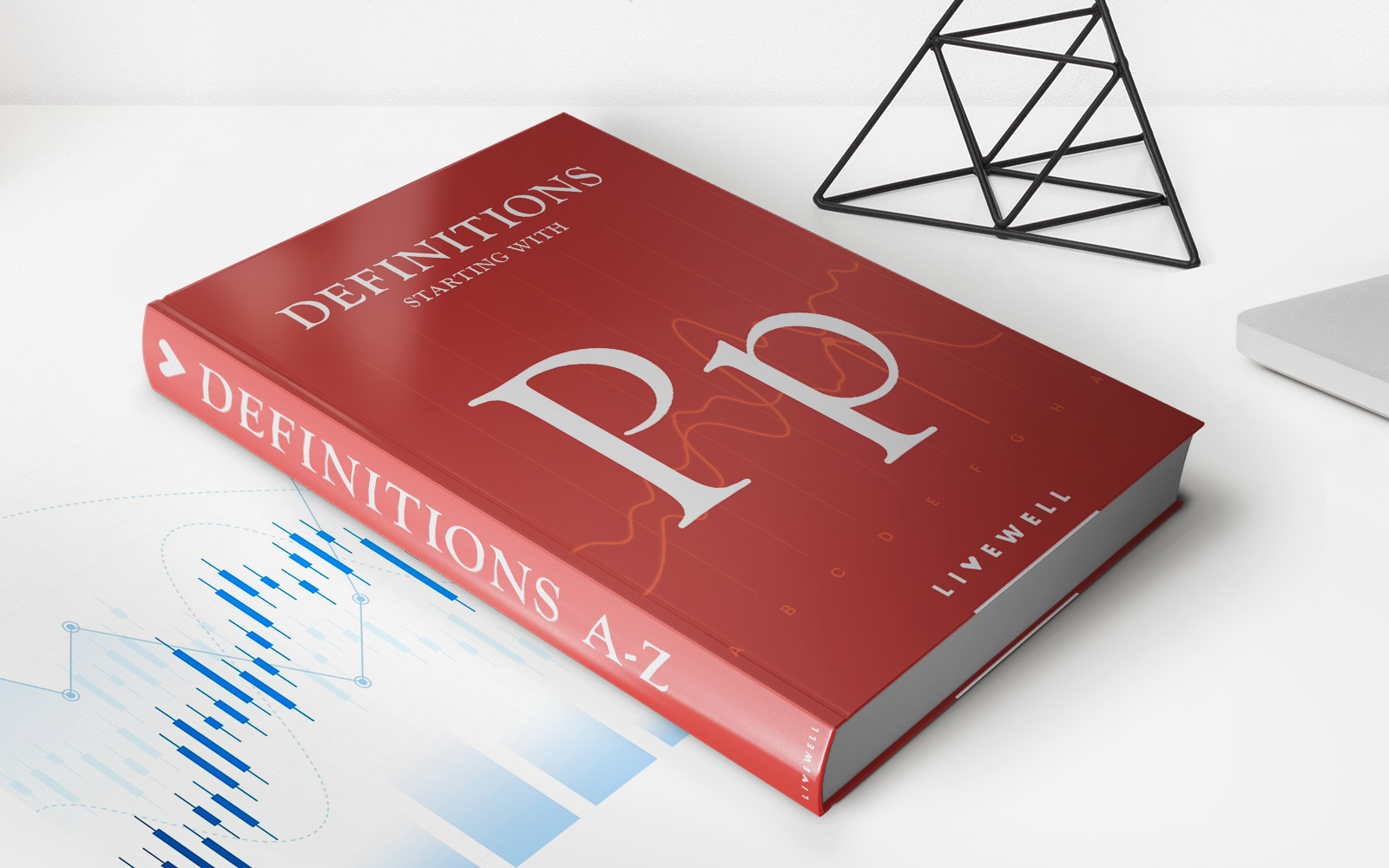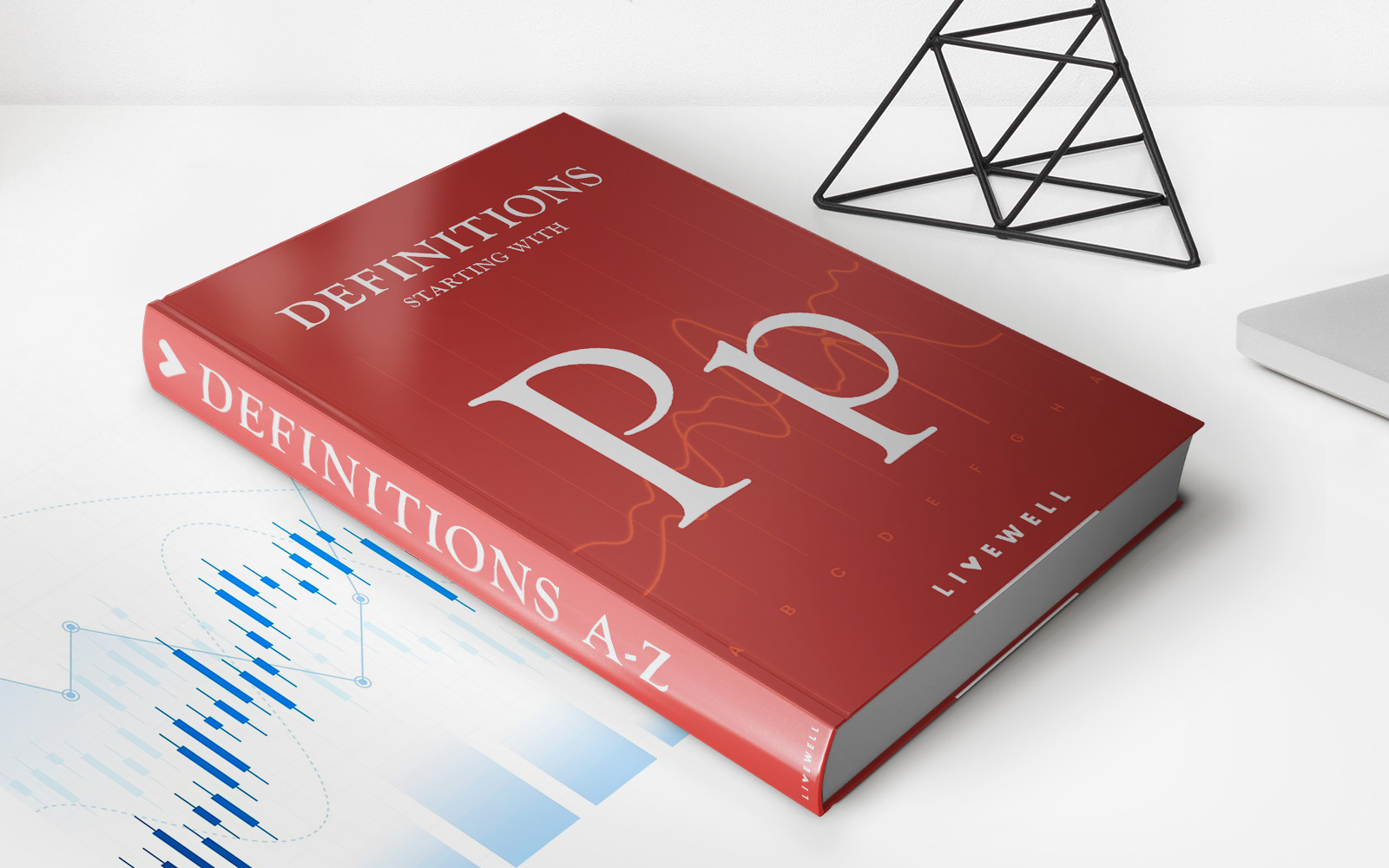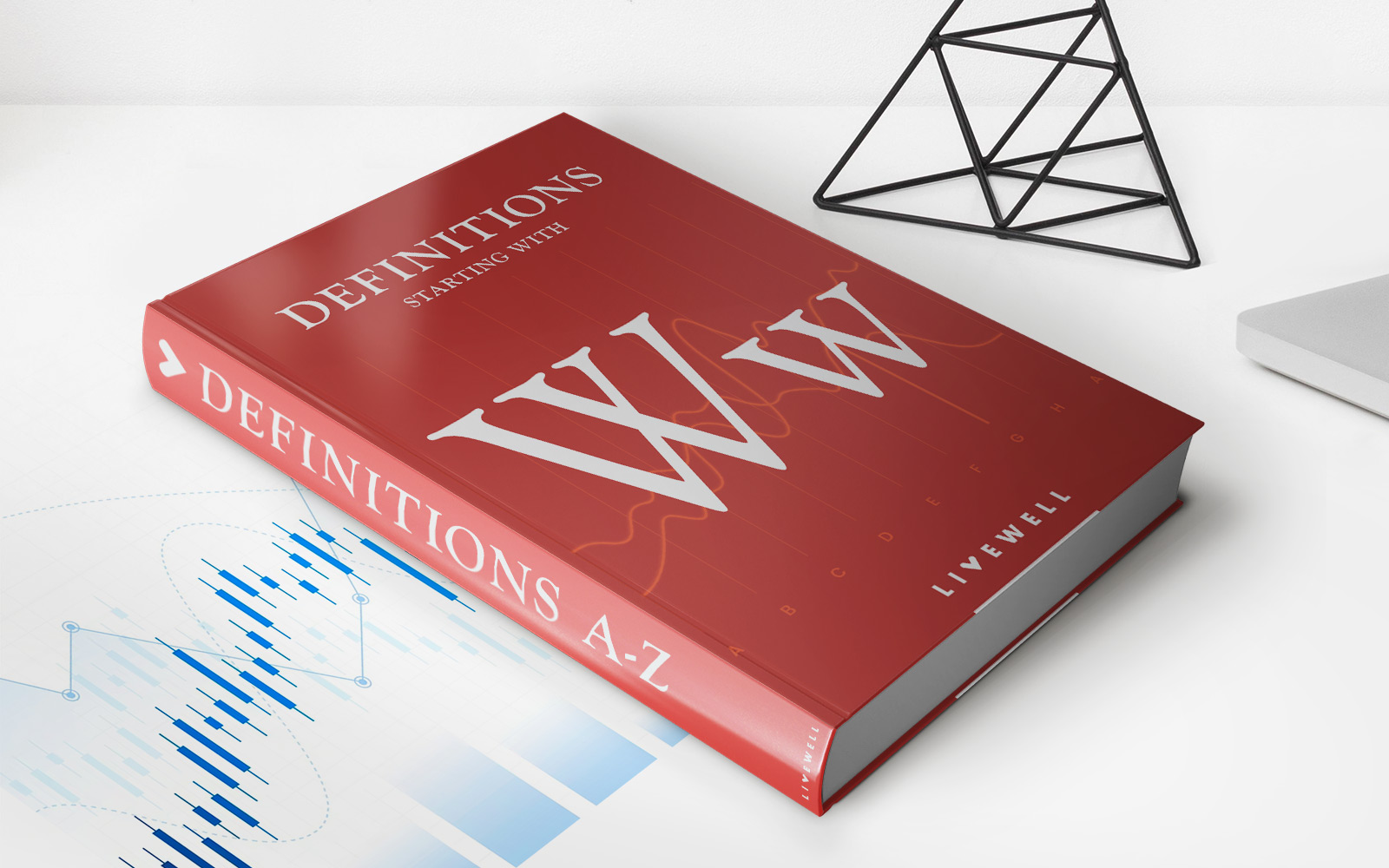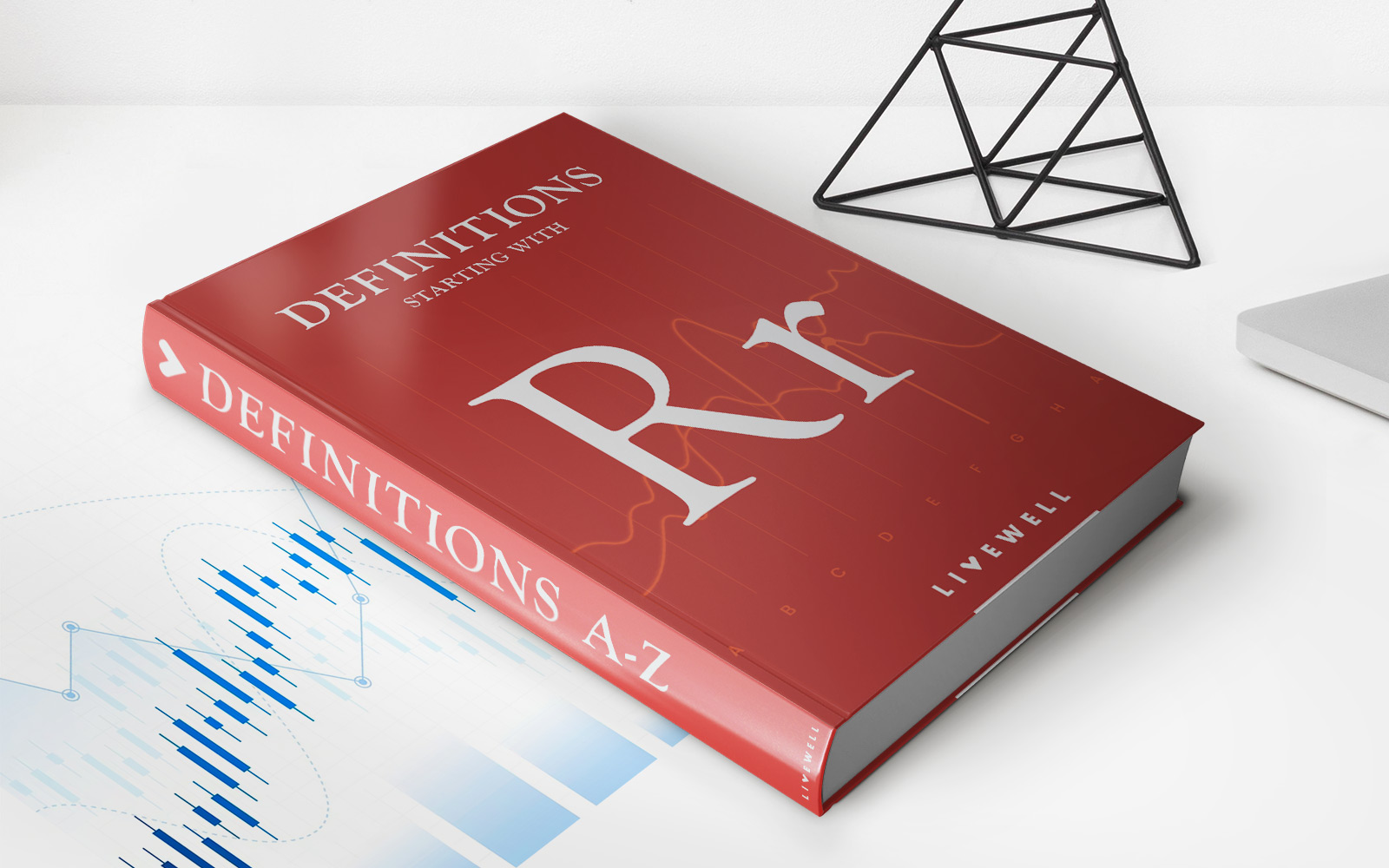Home>Finance>Reinsurance Ceded: Definition, Types, Vs. Reinsurance Assumed
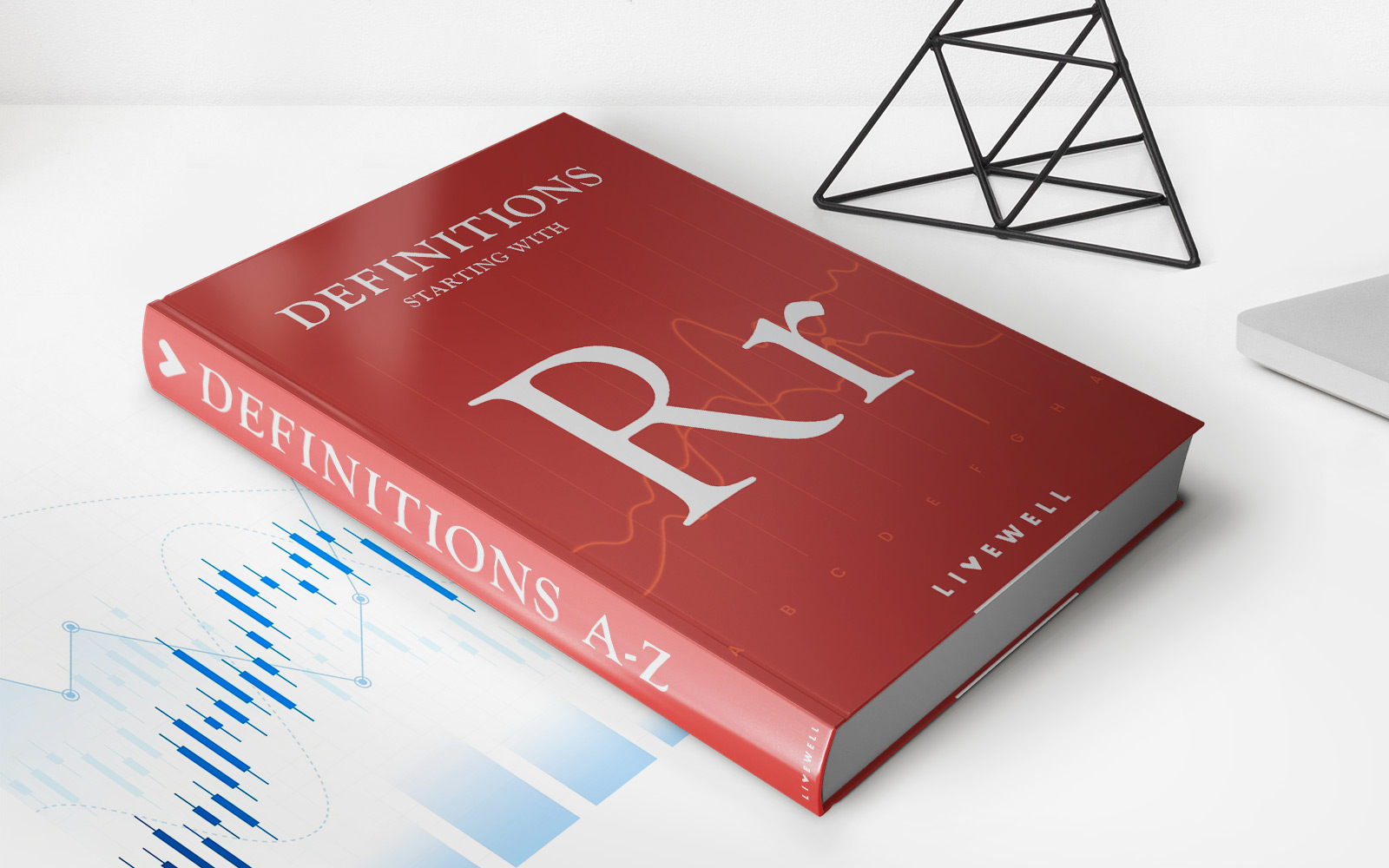

Finance
Reinsurance Ceded: Definition, Types, Vs. Reinsurance Assumed
Published: January 18, 2024
Learn about reinsurance ceded and its types, including the key differences between reinsurance ceded and reinsurance assumed. Explore this essential aspect in the realm of finance.
(Many of the links in this article redirect to a specific reviewed product. Your purchase of these products through affiliate links helps to generate commission for LiveWell, at no extra cost. Learn more)
Reinsurance Ceded: Definition, Types, Vs. Reinsurance Assumed
Welcome to our “FINANCE” category! In this blog post, we will delve into the world of reinsurance ceded. If you’ve ever wondered what reinsurance is or how it works, you’ve come to the right place. In this article, we will explore the definition of reinsurance ceded, the types of reinsurance ceded, and how it differs from reinsurance assumed. So, let’s dive in and demystify the concept of reinsurance ceded!
Key Takeaways:
- Reinsurance ceded is a risk management strategy used by insurance companies to transfer a portion of their risk to other insurance underwriters.
- Types of reinsurance ceded include proportional reinsurance, non-proportional reinsurance, and facultative reinsurance.
What is Reinsurance Ceded?
Reinsurance ceded refers to the practice of an insurance company transferring a portion of the risk it assumes from policyholders to another insurer or reinsurer. In simple terms, this means that an insurance company purchases insurance coverage from another insurer to protect itself against excessive losses or catastrophic events. By ceding a portion of its risk, the primary insurer reduces its exposure and diversifies its risk portfolio, allowing it to operate more efficiently and with greater financial stability.
Now that we understand the basic definition of reinsurance ceded, let’s explore the different types of reinsurance ceded:
Types of Reinsurance Ceded:
- Proportional Reinsurance: This type of reinsurance ceded involves sharing both premiums and losses with the reinsurer. Under proportional reinsurance, the primary insurer cedes a specified percentage of each insurance policy’s premium and in return, receives reimbursement for a corresponding percentage of any claims or losses.
- Non-Proportional Reinsurance: Non-proportional reinsurance involves ceding a fixed dollar amount or a specific layer of risk to the reinsurer. In this arrangement, the primary insurer retains a certain level of risk and only transfers the excess risk to the reinsurer. This is commonly used for large or catastrophic losses.
- Facultative Reinsurance: Facultative reinsurance is a case-by-case arrangement where the primary insurer seeks coverage for individual policies or risks. Unlike treaty reinsurance (which covers a portfolio of policies), facultative reinsurance allows the primary insurer to choose which policies it wants to cede.
Reinsurance Ceded vs. Reinsurance Assumed:
It’s important to note that reinsurance ceded is the opposite of reinsurance assumed. While reinsurance ceded refers to the transferring of risk from the primary insurer to the reinsurer, reinsurance assumed refers to the reinsurer taking on the risk and providing coverage to the primary insurer.
Reinsurance assumed is when a reinsurer purchases insurance coverage from a primary insurer to protect itself against potential losses. This arrangement allows the reinsurer to add diversification to its risk portfolio and expand its business in different markets or regions.
In Conclusion:
In the world of insurance and risk management, reinsurance ceded plays a crucial role. It allows insurance companies to mitigate their risk exposure, maintain financial stability, and provide consistent coverage to policyholders. By understanding the different types of reinsurance ceded and how it differs from reinsurance assumed, insurance professionals and individuals alike can gain valuable insights into the mechanics of their insurance policies and the broader industry.
So, next time you come across the term “reinsurance ceded,” you’ll have a firm understanding of what it entails and how it fits into the world of insurance. Remember, knowledge is key when it comes to making informed financial decisions, and we’re here to help you navigate the complexities of the ever-evolving finance industry. Stay tuned to our “FINANCE” category for more informative articles and insights!
